Breathwork Episode Summary:
Sachin Patel is a functional medicine practitioner and breathwork expert. He got into this field after realizing conventional doctors had no answers for chronic illness patients. Breathwork became his passion for integrating simplicity and sophistication in health. In this episode, Sachin explained the health consequences of mouth breathing, including poor sleep, inflammation, and hormonal imbalance. Nasal breathing optimizes air through humidification, warming, and filtration before it reaches the lungs.
Sachin outlined various breathing patterns like coherence breathing and bellows breathing that can induce different physiological states. The "right" way to breathe depends on one's needs in the moment and goals. He recommended finding prompts like checking emails or driving to associate with breath awareness. This helps establish breathwork as a habit. Wearables can also gamify the process and show physiological impacts.
Sachin detailed how mouth taping at night trains nasal breathing, improving sleep, hormones, temperature regulation and more. It strengthens respiratory muscles weakened by devices like CPAPs.
HRV measures nervous system resilience through heart rate fluctuations with breathing. Higher HRV means better stress handling. Breathwork and lifestyle changes can optimize this important biomarker.
Sachin explained how breathwork impacts cell signaling, energy production and the body's intricate systems through oxygenation, CO2 balance and nervous system regulation. Proper breathing is the body's "steering wheel."
To connect with Sachin Patel:
Full transcript (unedited)
@0:00 - Andrea Nicholson (healthylifewithandrea.com)
Today, we're going to talk about a lot of different things, but specifically breathwork, and I am joined with a fabulous expert in many things, author, speaker, medicine, advocate, philanthropist, all the things, also have the fantastic book for all the practitioners out there.
So, welcome, Sachin. Thank you so much for joining.
@0:20 - Sachin Patel
Thank you, Andrea. I'm so excited for our conversation today and I really appreciate the opportunity to connect with you and your community.
@0:27 - Andrea Nicholson (healthylifewithandrea.com)
Yeah, absolutely. Absolutely. So, will you just kind of do a brief introduction into you, how you got into the space that you're in, and then we'll just go from there.
@0:34 - Sachin Patel
Yeah, absolutely. my story starts as a chiropractor trained in sports chiropractic, working with elite athletes, Olympians, I had a couple of gold medalists and silver medalists in Beijing.
so, working with the most elite local athletes and international athletes using soft tissue techniques, specifically active release technique. And that landed me on the news, we are doing some great work and funny enough, my boss at the time had frozen on the
live television before. And so she refused to ever get in front of a camera again, which opened up the door for me to get my stage time.
And they ran a beautiful story about elbow pain and specifically tennis elbow and golfers elbow. And that night when the story ran, only one person called with elbow pain.
Everyone else called with some sort of chronic health condition, whether it's diabetes, whether it's fibromyalgia, chronic fatigue syndrome, chronic pains, autoimmune conditions, stuff that I had no training or no business handling.
And I didn't have answers for, but I also realized that neither did their doctors and you did the specialist that they were seeing.
So I recognized a that my my own personal inadequacies, because here you are helping the best of the best in the world.
And then you can't help the person that probably needs it the most. So it's a very humbling experience for me, but also very enlightening in the sense that there's an opportunity to be of service here.
And there is a blue ocean to help these. people and around the same time I started learning about functional medicine through Dr.
Grisanti. And he was sharing case studies of people who I was turning down. He was showing how he was reversing people's chronic health issues using functional lab testing and functional nutrition and orthomolecular nutrition.
And I was like, oh my god, can I do this? Because he was a chiropractor too. And he was based out of South Carolina.
So I looked into it, turns out being in Ohio, you can practice and run all these labs and do all these things.
But it becomes so myopically focused in sports care that it wasn't on my radar until I had to go through that own experience of mine.
And since then I've just fell in love with what lifestyle medicine and functional medicine can offer. And became a practitioner almost right away.
I got signed up with Dr. Grisanti, became part of his first graduating class in 2006 and never looked back.
And since then I've opened up a couple of clinics. I've helped a few hundred practitioners set up their practice.
And we've also developed a metabolic health solution for our clients that we now teach to practitioners all over the world.
So it's kind of been a fun ride and, you know, a few years ago, I discovered breathing and breath work and realized that nobody else was really talking about this.
And it became my passion over the last few years to study breath work from as many angles as I could.
So from a physical health standpoint, from an emotional health standpoint, from a spiritual health standpoint, and literally started checking off all the boxes.
And it became my guiding star, because what I've always been looking for in my practice, especially as a functional medicine practitioner, is the intersection between sophistication and simplicity.
So if we could find something that's both simple and sophisticated, it would be the pinnacle discovery of one. life time.
And so that's what breath became for me, because once I went down the rabbit hole, and I'm literally scratching the surface of the surface, and I hope that this scratches an itch that somebody has today to dig deeper and to go deeper than I've gone in this topic, because there's so much there that we already know, and there's thousands and thousands of scientific articles that have been published about breathing, and there's so much more that we can learn, and so much more that we can discover, especially because our breath is literally the steering wheel of our nervous system.
So if you've never heard of breathing, or never practiced breathing techniques, or isn't part of your consistent daily awareness throughout the day, it's like driving a car, it's like having a Ferrari without a steering wheel.
And so there's a whole other level of our health that we can unlock by simply learning how breath affects every cell tissue organ and system in our body.
And since nobody was teaching it, I'm like, screw it, I'm gonna do it. And it's just opened up so many doors for me, and it's taken me to so many places all over the world where I now speak about breathing as a keynote speaker, and I also facilitate breathwork sessions where I take people on spiritual out of body experiences using specific breathing techniques.
@5:18 - Andrea Nicholson (healthylifewithandrea.com)
So that's in a nutshell my journey. Wow, that's not just a couple things, just just few things, but that's amazing.
I love that you hit on all the different aspects because there is no one like silver bullet that's going to fix all of the complicated diseases that people have.
But we do need all of those things regardless of what your diagnosis is. So like you said, diabetes or cancer, autoimmune diseases, sports injuries, all the things we still need nutrition and lifestyle and sleep and stress and breathing and all the things.
And so I think it's amazing that you cover all of that. And that now you're using breathing as kind of that all encompassing way to.
It'll hold your nervous system. And I just think so many times it's snowballs. You start with one thing and then it motivates you to take on something else.
And well, maybe I could give that thing up out of my diet and maybe I can lift some weights or I, it just seems like it's no balls.
And I think breath is such a great, powerful thing to start with because it's free, it's easy, it's accessible.
And yet, like you said, it's simple and sophisticated. It does so many amazing things. If we just learn how to do it intentionally.
So I'd love to dive in a little bit, sorry to interrupt. I'd love to dive in a little bit more onto like what that would look like for someone.
@6:38 - Sachin Patel
Well, first of all, I think it's important for people to understand the framework of behavior change. So behavior change in order for it to be effective has to be some sort of intrinsic motivation.
There has to be an ability, which you just eloquently describe that we all have the ability to breathe. We're doing it right now, whether we like it or not.
And some sort of. prompt. So if we have motivation, usually from the inside, the ability and capability, and then some sort of prompt, that is what facilitates behavior change.
so breathwork easily checks off all three of those. The third one being the prompt, that's the one that is often missing.
people maybe people might be listening to this and we might go over some breeding techniques and they might see, Hey, like I can do all those things, but then they forget, right?
So it's not that they're unmotivated or they're not able to, but it's maybe they need something to remind them to breathe better or to bring the awareness back to their breath.
Just like we can drive our car to work unconsciously and all the way back home, home one consciously and sometimes for miles and miles and feel like, how did I miss that exit?
Like, you know, how did that happen? We can do the same thing with our breath. We can breathe unconsciously.
However, what is unique about breathing is that it's one of those things that we do 23,000 times a day.
that we actually have the ability to consciously override. So whether we think about breathing or not, it's happening at an unconscious level, but once we start thinking about it, then we can breathe in different ways to induce the way we want to feel.
So people always ask me, Sachin, what's the right way to breathe? Well, the right way to breathe is to breathe in the way that's required in this moment.
So if I want to be focused and present and coherent, then there's a breath for that. It's called coherence breathing, where you're breathing in for account of six and out for account of six.
If I was exercising, right, I wouldn't be using that breathing technique. I'd be using a different breathing technique, like I might be breathing in through my nose and out through my mouth.
And the pace that I would be breathing would be a little bit different. So the right way to breathe is to understand what state your body is in, what task you're trying to accomplish, and then pair your breath with that task.
So if I want to go to sleep, then I would use a 478 breath, which means I breathe in for four seconds, hold for seven seconds, and exhale for eight seconds, right?
How long do I do that for until I fall asleep? If I wanted more energy, I might do something called bellows breath and bellows breath is where I take 30 rapid breaths, inhaling and exhaling forcefully, moving my arms up and down.
So up as I inhale, out as I exhale, I would do that 30 times, take a 30 second break, do that 30 more times, take a 30 second break and do that 30 more times.
And then I would go on with my day and it's like coffee, but faster than coffee, right? So it might take you three minutes to make a cup of coffee.
In less than three minutes, you can crank up your adrenaline without the caffeine hangover. And so just to kind of come back to what you asked, it's really about knowing what state you want to be in and then matching and pairing your breath with that state.
so I actually created a guide that is called breathe like this, not that, that tells people, hey, if this is how you want to feel, this is how you need to be breathing.
what's cool about breathing is we can not only match the state that we're in, but we can change the state using our breath.
So, you know, if I want to feel energized, I can, and I'm tired, I can change my breath. If I wake up, you know, tired, and I want more energy, then I can do that as well.
If I'm overly excited, you know, some people might even call that a panic attack, then I can change my breath and get my nervous system to calm down as well.
So knowing what those gears are, if you will, and leaning into them is a very powerful tool that our breath, you know, allows us to have.
So I would say that 99% of the time people should try to breathe in what's called coherence breath. So that's six seconds in, six seconds out, that should be most people's default breathing pattern.
And when we're in coherence, it means that our heart and our brain are connected via the bridge of our breath.
And so those two amazing organs are now firing and communicating coherence with one another. And the way we do that is by doing that coherence breath.
What's interesting about coherence breathing is that most prayers are set to a six second cadence. And when we breathe in that coherence pattern, we actually increase oxygenation of the brain as well.
It creates a euphoric feeling for people when they start breathing this way. It also increases our tolerance to CO2, which makes us more tolerant to stress.
And it also helps regulate and calm our nervous system down. So if we can be in that conscious breathing pattern throughout the day, 99% of the day, really, it's going to completely shift the state of our physiology.
And what's also interesting about, you know, that coherence breathing pattern, is that it slows down how much air we consume.
So the average person, Just like the average person over consumes calories, the average person actually over breathes. And over breathing is one of the fastest ways to accelerate the aging process, one of the fastest ways to wear out your nervous system.
And it's also, unfortunately, not the state that we want to be in if we want to unlock creativity, clarity, focus, presence, feeling safe and making others around us feel safe.
We can't do that if our breathing signature is dysfunctional and disruptive. our breath does so much more than just provides us with oxygen and eliminates CO2.
It's really tool to regulate intricate details of our physiology.
@12:41 - Andrea Nicholson (healthylifewithandrea.com)
Yeah, it has such an impact on cell signaling. So it's literally how your cells are communicating with each other and how much energy they can produce.
mean, we need oxygen for that. And so, yeah, I think that's a really powerful message to remind everyone that it's not just about breathing.
It's also about what it does for your whole body and the physiology. that changes with that O2 CO2 balance.
And, you know, so many people are mouth breathers, which is not ideal. Most of us are shallow breathers. And most of us don't really think about breath at all.
And yet it's such a simple thing to do or not do. And so I think this is a powerful thing to really teach people to focus on.
So obviously we have your breath guide, which is fantastic, so that you can really dial into, you know, which breathing method is going to make the most sense based on what it is you're trying to accomplish.
What are some other things that people can do to maybe just start building that habit of, you know, getting started with intentionally breathing at least for a few minutes a day?
What are some kind of getting started things?
@13:41 - Sachin Patel
Yeah, great questions. So I missed, I missed finishing the loop with the motivation ability and prompt. So what I like to do is I like to get my clients to start finding a prompt.
And it's something that they think about often or something that they do often throughout the day. So for me, it could be checking.
every time I check my email, I'm going to check my breath next, or could be every time I think of my phone, I'm going to think of my breath next.
When I'm driving every light that I go through, I just bring my awareness back to my breath. So we want to, we want to have some sort of prompt, whatever that is, it's going to be different for everybody, and there's no judgment.
Maybe it's, you know, you think of something that you shouldn't be thinking of, but that serves as your prompt, right?
So then we come back to our breath. So it's always about bringing the awareness back to the breath. you know, if you told me this five, you know, maybe six years ago without this , like this is so stupid, like I can't believe like we're talking about this right now.
But that's the magic is that it is so simple, that that's what makes it to me , because it is something that everyone can do.
And here's the thing, you can feel the effects instantly. So I've taken like thousands of different supplements in my life, maybe hundreds, but there's very few that make me feel different, where I
I take it and then within three minutes, I'm like, oh my God, like, that was amazing. What did I take?
Like, it's rare that something like that happens. There's only very few compounds that do that for me. But with breath, it's undeniable.
I can measure it, right? So there's wearables like a or a ring that can measure changes in temperature and heart rate and HRV.
There's a band that I can, that I wear around my abdomen called the Oxa Band, which I actually have breathing coach band.
So it can tell me in real time, my HRV, my heart rate, my common signal and my respiratory rate.
So there's all kinds of tools that are now being developed to help people even optimize those aspects of their health further.
So every morning when I drop my son off, I put on my breathing band around my abdomen and I coach myself on how to breathe for an hour, right?
So now I'm doing, I'm already breathing, but now I'm getting coached on how to be a better breather to the most subtlest degree possible.
So I think for a lot of people, it's really finding that, finding that prompt in their day is huge.
And that's one of the best. places to start. Another great place for people to start is to, you know, there's conscious breathing that we do throughout the day, but then when we're laying on our backs or on our sides sleeping at night, we are breathing unconsciously.
And this is where there's a huge hidden opportunity for a lot of people, especially when it comes to their metabolic health, because mouth breathing is 66% of people, about two thirds of adults sleep with their mouth open at night.
And when we sleep with our mouth open at night, it tells our body we're under stress. Whether we are or not doesn't matter, right?
If I turn my car steering wheel to the left, it's going to go left every time. So if I breathe with my out mouth open, it's going to initiate a fight or flight response of my body every time.
And so if we're supposed to be healing and repairing, regenerating, restoring and revitalizing while we sleep, but our breathing pattern is fight or flight, then our body never really goes into that deep restorative state that it needs to.
And so this is why people wake up more tired in the morning than when they went to bed, or this is why people might wake up, and their blood sugar is elevated for a single morning, even though they haven't eaten anything, because their cortisol and adrenaline are elevated because of the way they're breathing.
And as we know, cortisol's main function in biology is to raise blood sugar. So it's going to, anytime your cortisol is elevated, especially if you've already been breathing in a fight or flight pattern, your blood sugar is going to stay high, which is going to cause insulin resistance.
And just like you can become insulin resistant, you can also become cortisol resistant. So a lot of people are cortisol resistant, and then they become insulin resistant, and then it's just like a downward spiral.
So there's ways to uncouple that, right? So we want to fix how people breathe at night. One of the first ways that they can do that is by mouth taping.
So we get amazing case studies and testimonials from people who just simply start putting a five cent piece of tape on their mouth.
3M micro pore tape is what we recommend. And now they start breathing through their nose the way they're supposed to, they start dreaming again, they start feeling alive again, they wake up and they actually feel refreshed in the morning instead of feeling more tired in the morning.
They're excited to tackle their day. Their cravings that they used to have start disappearing because stress and dysfunctional breathing at night will affect leptin and ghrelin.
So when someone's leptin resistant, never feel full, and when someone has elevated ghrelin levels, they feel hungry all the time.
So imagine, you know, you're hungry all the time and you never feel full. That's like a recipe for disaster when it comes to nutrition, but it's not because you're weak or it's not because you're a bad person, but it's because you're a bad breather and you didn't sleep well and it caused these hormones to become imbalanced.
Now you're fighting your biology instead of what you think you're fighting, which is your willpower.
@18:52 - Andrea Nicholson (healthylifewithandrea.com)
Yeah, I think, oh, there's so much in all that that I want to unpack for sure. So I definitely just want to circle that quickly to the prompt.
I think that's an amazing. thing have it for all of us to get into. Obviously, we need all three of those pillars, but I think we can remind ourselves to do a lot of different amazing things like drink water, do some exercise, breathing, all these things if we create prompts around them.
So I think that's a fantastic thing to learn is how to find those prompts. know, every time you go to the bathroom, you do 10 pushups, or every time you walk by something in your kitchen, you do drink some water.
I think that's a powerful habit to get into, and something so easy to remind you to do it, because it's interesting things you're already doing.
coupling those habits together, I think it's great. I do want to circle back a little bit to the HRV mentioned as well.
I think I get a lot of questions about this. don't understand what it is, what it's measuring, how it works, why does matter, what's an optimal number.
@19:44 - Sachin Patel
Can we just kind of dive into HRV a little bit? Yeah, sure. And I'll start by saying with all humility, there's probably no way more about HRV than I do, but we've collected HRV from almost 500 clients over the years.
And our clients get an aura ring because is we want that data coming in. So we have a very data driven protocol.
And what HRV essentially is, is the variability between each heartbeat. So what that means is if, when I wear my oxaband, for example, it's measuring my heart rate at real time.
And what you'll see is that your heart rate with each breath fluctuates. So when we breathe in, our heart rate goes up.
When we breathe out, our heart rate goes down. And that makes sense because when we're breathing in, our heart has to pump a little bit more, right?
In order to overcome the volume of the lungs. And so when we exhale, the heart gets a bit of a break and it doesn't have to work as hard.
So our heart rate varies just within our breath, our heart rate varies. However, when we ask somebody what their heart rate is, we might say 60 beats per minute, but there may be between each of the breaths they take that might go up to 65 and down to 55.
it's usually not that dramatic, but it varies a few heart beats between each breath. And so what HRV is measuring is the variability between each heartbeat.
And so when we're under stress and we're in fight or flight, the heart's just going to be racing, right?
So it's going to be a very consistent beat, whereas when we're rested and we're in a more relaxed state and our breathing is slowed down and, you know, we're barely breathing, for example, then there's going to be more variability in the heart rate.
So it's not going to be as, you know, as consistent. And so that's what we're measuring. Now what it's measuring is the state of our nervous system.
So the higher our variability in our heart rate is, the more resilient we are to a stressful event. So it's like stealing the pond, if you will.
When our HRV goes down, the variability, the gap decreases. And so now it tells us, tells us that scientists measuring this and practitioners and clients looking at our numbers, that there's less
It's resilience in the system. And so the water is a little bit more choppy, if you will. So we want to try to bring our HRV as high as we can.
And one of the ways we do that is by, I mean, the primary way we do that is by changing our breath.
So there are tools like HeartMath, which are HRV trainers. The OxaBand is an HRV trainer. And there are tools like Aura Ring that measure HRV.
I like tools that teach me how to improve it and how to optimize it. And so HeartMath and Oxa are great tools to actually train us on how to improve our HRV in real time using narrow feedback.
@22:37 - Andrea Nicholson (healthylifewithandrea.com)
Awesome. do you recommend a particular time of day? know some devices like, at least say they track all day, there's HRV beds, there's the rings, I think only track really when you're sleeping.
Do you have a particular time of day that you like to look at?
@22:50 - Sachin Patel
is it just pick a time and be consistent? Yeah, I mean, I think a little bit of both. So the Aura Ring tells me my HRV from the previous night.
And here's the thing with A. HRV, it's not. We wouldn't directly compare HRVs with each other. So I wouldn't say, oh, mine was 70 today and yours was 60, like mine's better than yours.
It's more about what is a normal HRV signature for you. And then, you know, the question always is how do we get it higher?
So if you're at if you're at 30 and we get it to 40, that's, that's a 25 or 33% improvement, right?
Whereas for me, if I'm at 100 to get it up to 133, like that's going to be a lot more work, it is harder the higher you get.
there's there is an upper limit, obviously, because your heart has to beat between each your heart has to beat, obviously.
But the higher the number the better, the you don't want to compare with each other, you want to kind of look at your own trending when you're identifying, is this working for me or is this not working for me, right?
If you if you install a new habit and your HRV starts going up, then hey, your nervous system is responding very favorably.
to it. And sometimes you might even experiment, right? What affects your HRV? Sometimes late meals will affect your HRV.
Alcohol for sure affects your HRV. Lighting affects your HRV, right? Stress or emotional challenges affects your HRV. Immune system challenges, right?
So when people are getting sick, right, there's less resilience in the system. We'll see their HRV start tanking even before they develop symptoms.
So it could be a leading call for, you know, or lead indicator of something that's happening before the symptoms actually show up.
@24:36 - Andrea Nicholson (healthylifewithandrea.com)
I think that's a great way to use a lot of these tools because you see the same thing with the CGM, continuous glucose monitor that the blood sugars also tend to climb when they're starting to get sick and those kinds of things.
@24:46 - Sachin Patel
So I think some of these biohacking tools can really be helpful in getting ahead of things before we even know they're happening.
So yeah, that's a great way. And I think just to close a loop on your question, the oxy band is something that you can wear all day if you wanted to.
and then you just give it give a little tap and it turned the device turns on so it's not on all the time is just you can choose for it to be reading your and continuously monitoring you or you can choose you know choose for it to train you in different exercises so the band is something that you wear it's there all the time obviously you can take it on and off but I like that device and then the heart math you know I tell people usually let's let's kind of do the heart math in the morning when you wake up just to kind of set your intention for the day and start your nervous system on the right plane and then let's do it in the evening before you go to bed so that we can you know we can kind of shift gears and get you into the right state so that you're ready for bed but there's no limit to how often you can do it right like you know I'll take I'll take breathing breaks throughout the day just to kind of recalibrate myself and I like data and I like challenging myself and I like getting a score and you know gamification of the process makes it fun and interesting too yeah
@26:00 - Andrea Nicholson (healthylifewithandrea.com)
I think that's the best part of all the health tech is gamifying it and knowing that it's working, you can see that it's making difference and can double down on the things that really do work well for you.
So let's go back to mouth shaving because I think this is a hot topic and a lot of people are maybe have never heard of it.
Some people think it's crazy or like voodoo or whatever, I don't know. so can you talk just briefly about the science and then for someone like you that has facial hair, how do you handle that?
@26:30 - Sachin Patel
Okay, great question. one of the worst things you can do to a human being is to have them breathe through their mouth.
So if I wanted to destroy your health, the fastest way I would do that is by getting you to breathe through your mouth and basically not giving you the ability to breathe through your nose.
James Nester did an experiment in his book where for 10 days he plugged his nose, him and his research partner, and they plugged their nose with
cone for 10 straight days. And they took all their vitals, their cholesterol, their blood pressure, their sleep, their snore scores, and just how they felt.
And within 10 days, they felt completely like deranged. know, emotionally, they were tired, they would wake up exhausted. They were just not in a good state.
And that was just within 10 days. And pretty much as soon as they took out the silicone from their nose, they immediately were able to measure improvements in their blood pressure, improvements in their emotional state, improvements in their HRV and the resting heart rate, because breathing really has an instantaneous effect on us.
So one of the things that we want to make sure that we're doing is we're breathing through our nose as much as we can.
Our nose, to really get an understanding of why we should be breathing through our nose, I want to contrast it with the mouth.
So we'll kind of go back and forth. So one of the most important things, if You have young children.
And one of the most important things that you can pay attention to is how they breathe at rest. So when they're watching TV, when they're doing their homework, when they're in bed at night, pay attention to how they're breathing.
Their tongue should be in the roof of their mouth. When the tongue is in the roof of the mouth, there is a high density of nerve endings of the vagus nerve in the roof of the mouth.
So it instantly calms the nervous system down. This is why some people will use a pacifier. This is when children breastfeed, the mother's nipple touches the roof of their mouth and instantly calms them down.
This is why when you take a pacifier away from a child or take their thumb out of their mouth, they instantly start crying.
the moment you put it back in, they instantly stop crying. Right? And just like, what the heck? did that happen?
Well, that feature never goes away. So placing our tongue in the roof of her mouth, even as adults, is one of the first ways to help soothe our nervous system down.
It tells our body we're safe. The other thing that it does is the tongue hacks as a spacer. So if you think about your facial structure, if your tongue is in the bottom of your mouth, there's really nothing pushing the hard palate outwards.
Whereas if the tongue is in the roof of the mouth, it's pushing the hard palate forward and outwards, which is creating a much bigger nasal and sinus cavity, which creates a bigger airway.
So if you have young children, you may notice that in, or maybe grandchildren, you may be getting informed that they need to have some teeth pulled, and dentists are excited to do that, and orthodontists are excited to do that.
But unfortunately, what happens is you don't have too many teeth. child doesn't have too many teeth. They have a small jaw, and the small jaw means they have a small airway.
And so when their airway becomes obstructed, they're more likely to breathe through their mouth, which then leads to tonsillitis.
When they breathe through their mouth, they're going to be constantly anxious or on edge. When they breathe through their mouth, they're going to have a higher likelihood of cavities.
Mouth breathing is the number one cause of cavities. They're going to dry out their saliva. The saliva protects the teeth and the gums, they're more likely to have dental issues and challenges.
we know that inflammation in the gums leads to is a proxy for inflammation in the vascular system. So their cardiovascular system now is going to start becoming compromised.
The air in your mouth is your mouth is the dirtiest part of your body, right? So if we study the human as a biologist, the mouth is the dirtiest part, so we're breathing in all this dirty air every time we breathe in through our mouth.
Now there's going to be times when you breathe your mouth, like if you're having a conversation or talking, however, the majority of our breaths should be through our nose.
The nose pressurizes the air. That's why it always feels little when we breathe through our nose because the air is being pressurized.
The purpose of the nose is to slow the air down. by slowing the air down, we pressurize it, we moist your regulated, we temperature regulated, and we feed it through our cilia and our nasal hairs and mucosa to
to kill any viruses and bacteria and trap any particles so they don't make their way into the lungs. So the air from the lungs, the area going into the lungs from the nose is actually perfected as opposed to the air going into the mouth, which is the exact opposite.
So no matter how dirty the outdoor air is, you're making it even dirtier by breathing it in through your mouth.
And so there's so many benefits to breathing through our nose, and you know, most people are habitual, you know, on average, it's about 50-50.
So 50% of population are habitual mouth breathers and 50% are habitual nasal breathers. Now with sleep, 66% of people are habitual mouth breathers at night.
And so what that leads to is it can lead to apnea, eventually it can lead to snoring. Snoring is a number three cause of divorce, and it starts off by the person sleeping in another room, then it starts off, then it turns into, you know, there's lack of emotional connection and physical connection, right?
need that oxytocin. So relationships start falling apart when people don't necessarily connect physically anymore. know, so so breathing through our our mouth is is very toxic to our bodies.
Now, particularly particularly at night, mouth breathing acts as a diuretic, which means that it actually causes us to wake up in the middle of the night to use the bathroom, which can also be disruptive to our sleep.
So nasal breathing is an anti-diuretic, which means that you're going to stop, you know, usually within the first night, most people stop having to wake up in the middle of the night to use the bathroom because they're not signaling to their body that we need to get rid of urine.
You also better regulate your body's internal temperature when you breathe through your nose versus breathing through your mouth, because there's a lot of moisture that's lost when we breathe through our mouth versus the moisture that's recaptured when we breathe through our nose.
And our body uses fluids to regulate its core temperature. The other, you know, so the thing with mouth taping that I
want to say is that it's not as it's not as sadistic as it sounds. I put a piece of of micro pore three and micro pore tape is vertically like this.
So I can still talk if I want to I can still breathe through my mouth if I want to.
The purpose isn't to seal my mouth. The purpose is to close keep my mouth in a closed position without having to use my jaw muscles.
So now my jaw muscles are nice and relaxed. I'm not grinding my teeth. My tongue is correctly placed in the roof of my mouth.
So my nervous system is calm. And now I'm breathing in and out through my nose, which is increasing my nitric oxide six fold, cleansing the air, perfecting the air, purifying it, moisture regulating it, temperature regulating it, doing all of those things.
So now, you know, those 10 pounds of air that I'm going to breathe while I'm sleeping, are not harming my body, but instead serving my body.
And so you're going to wake up way more fresh, like the brain fog disappears within the first two days, the energy comes
back. And this isn't for everybody. you know, I would say that, you know, depending on where you're operating, like if you're a mouth breather and you start taping at night, it's going to take you a few days to get used to it.
And we usually encourage people to start with, you know, doing it upright in a for five minutes, 10 minutes, 20 minutes, take a nap with the tape and then work your way up to sleeping with it all night.
I'm a cold turkey kind of guy. So I just went from zero to mouth tape overnight. But I'm also a habitual nasal breather.
for me, it wasn't so much of an issue. But what I would find is that sometimes if my mouth did open, I would start snoring.
And so, by mouth taping, that significantly reduced my snoring. And then that didn't get rid of it completely. I started, I started doing some nasal breathing exercises, throat swallowing exercises and tongue exercises.
@34:52 - Andrea Nicholson (healthylifewithandrea.com)
then that completely got rid of the snoring for me. Wow. And it works even with your facial hair, the tape just.
@34:59 - Sachin Patel
Yeah. Yeah, it's a surgical tape. So it's not super sticky, but it's meant to stick. And for some people, like for women, it's easier for men because it just sticks to our hair.
And you're really just trying to tape your lips just like that. And when you take the tape off, you push it off with your tongue.
So you just kind of lick the inside of it and push it off, or you could take it off.
My wife who wears the mouth tape as well, she will just pat it on her t-shirt. So it's not a sticky because it doesn't need to be super sticky for it to stay on.
It just needs to be the right amount of the yeast of this. And so if for some people have sensitive skin, there is a sensitive skin version of it.
But if you have the tape and you just finding that it's a little too sticky, just pat it on your t-shirt, let it have a little bit of lint on it.
And that will make it less sticky and easier to take off in the morning.
@35:48 - Andrea Nicholson (healthylifewithandrea.com)
Very cool. And what about people that are already on like a CPAP or have some other kind of apnea device that they're already using?
@35:56 - Sachin Patel
Is this a system they can try? Do they need to like work with it, how do you navigate if they're already on a CPAP?
Yeah, so, you know, it depends on what their CPAP situation is. So some CPAPs have people have the air going in through the nose.
And some, you know, they wear a mask over their mouth. So it just depends on the situation of what type of CPAP they're using.
I will say to people who are on a CPAP, I mean, you need it. You're on it for a reason, but don't don't think that's the only thing that you need to be doing because you're actually weakening all the muscles that are responsible for helping you breathe.
And it's kind of unnatural. So it's kind of like imagine walking around everywhere you went with a crutch, even though you didn't need crutches, right?
would weaken your leg muscles. And then eventually if you decided, I want to, I want to walk again, you'd probably fall flat on your face because all the muscles have atrophied.
So if you're not, you know, if you're not breathing on your own accord for eight hours a day while you're sleeping, I mean, your diaphragm is becoming weak.
And your diaphragm is actually one of the most important. important muscles for your myofascial matrix. So your diaphragm actually never stops moving.
So 24 seven from the moment you were born, it's the only muscle that has never shut off that in your heart.
And so while you're sleeping the diaphragm is it's the only conscious muscle that never shuts off. So we can obviously control it consciously and then we can let our unconscious nervous system regulate it for us as well.
But it pumps your entire myofascial matrix. And it's also very important for your lymphatic function. It's referred to as a second heart.
40% of your blood pressure comes from a healthy functioning diaphragm. so for a lot of people, their diaphragms are grossly dysfunctional.
And because they never exercise them. And so we usually give people diaphragm strengthening exercises and range of motion exercises and, you know, teach them how to dig out some of the trigger points that might be there.
So that system can start pumping and working the way it's supposed to your diaphragm is really the pump of your life.
It prevents stagnation. It prevents circulatory stagnation, lymphatic stagnation, my, my facial stagnation. So it actually just keeps pumping. And of course, like if I was bought and I was to make a pump, I would make it pump all kinds of stuff.
I wouldn't just make it pump blood. I would make it pump lymph. I would make it pump my matrix.
I would make it pump my, my heart, right? would do all of those things, right? And I and it just shows you the, the divine intelligence that's in our bodies, right?
To think that one thing does one thing is a, is a very reductionistic way and a very stupid design, right?
If, if our breathing was only responsible for delivering oxygen to ourselves, that would be a very, very stupid design.
But we are intelligently and divinely designed. So the simple act of breathing does a million things for us simultaneously.
when we breathe right, it helps all of those systems work the way they're designed to work.
@38:58 - Andrea Nicholson (healthylifewithandrea.com)
So amazing. There's, The body is so complex and I completely agree with you that it would be an inefficient system if all of our things only did one thing.
so yeah, of course, they all have multiple purposes and they work together and there's a great synergy to all the things.
so I think that's a great way to wrap this up. So thank you so much for sharing all this amazing info.
If people want to learn more about you, not just breathwork, but all the other amazing things you do, what would be the best way for them to find you?
@39:25 - Sachin Patel
Well, thanks for asking. So I think if you want the most raw version of me, where I don't hold any punches back, Facebook is a good place to follow me.
Certainly we have a great resource that we've put together that people can find. know you're going to share the link breathworkwithsatchin.com and I share my retreat notes from James Nestor's retreat.
I share a keynote that I've done on breathing that got a standing ovation from a group of dentists. I share I'll share my breathing guide of how to breathe, know, when you want to change your physical and physiological and emotional state.
And I also have a pre you. recorded 90 minute guided, complete guided breathwork that you can go through that takes you into a whole other, you know, And it's a breakthrough breathwork that I do, that I get, you know, get flown all over the world to do, but I've recorded it.
And you can just throw in your headphones and listen with a friend or two. And it's a it's a great way to to really go deeper with your, you know, emotional and spiritual health if you want to love it.
@40:25 - Andrea Nicholson (healthylifewithandrea.com)
think this is such a powerful lesson that everyone needs to know. This is a simple thing and there's some amazing resources that we will definitely link up in the show notes for anyone to go check out your stuff and learn how they can become better breathers and really change their entire life.
So thank you so much for all of this amazing wisdom. And I look forward to working with you again in the future and having everyone reach out to you to become better breathers.
So thank you.
@40:49 - Sachin Patel
Thank you, Andrea. It's been a pleasure. And here's to everyone breathing better and living better one breath at a time.
@40:57 - Andrea Nicholson (healthylifewithandrea.com)
Absolutely. To everyone out there. Thank you so much for tuning in and we'll catch you again on future episodes.
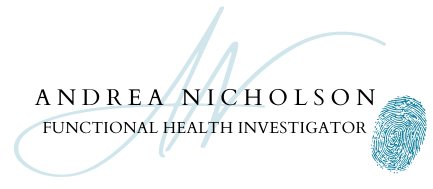
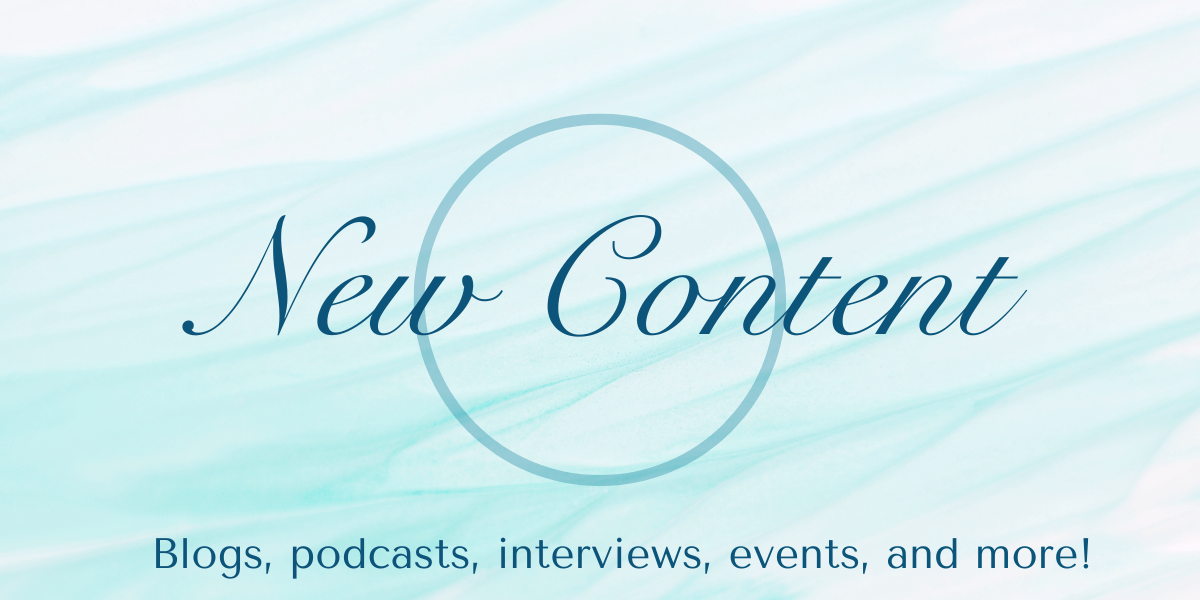


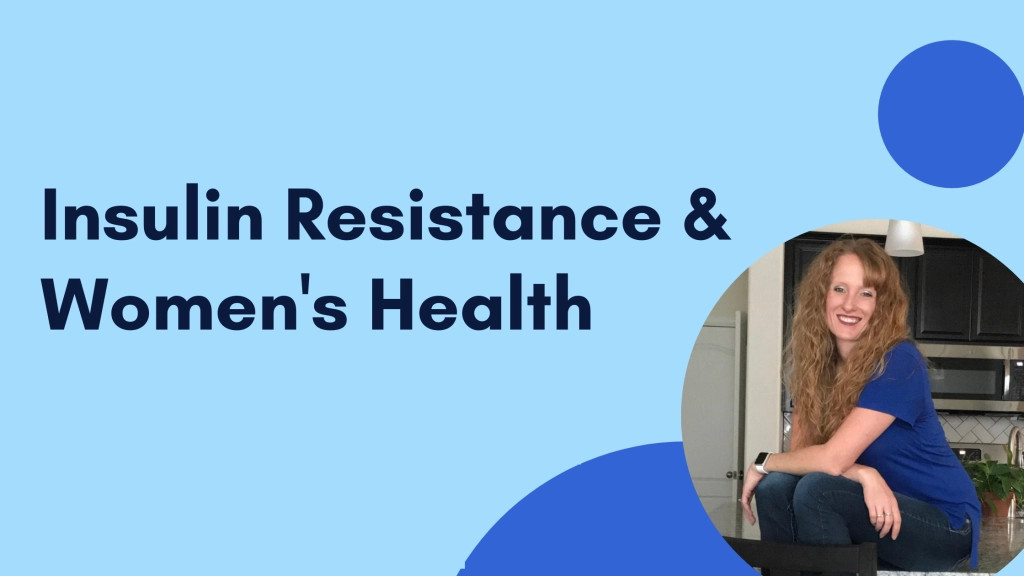
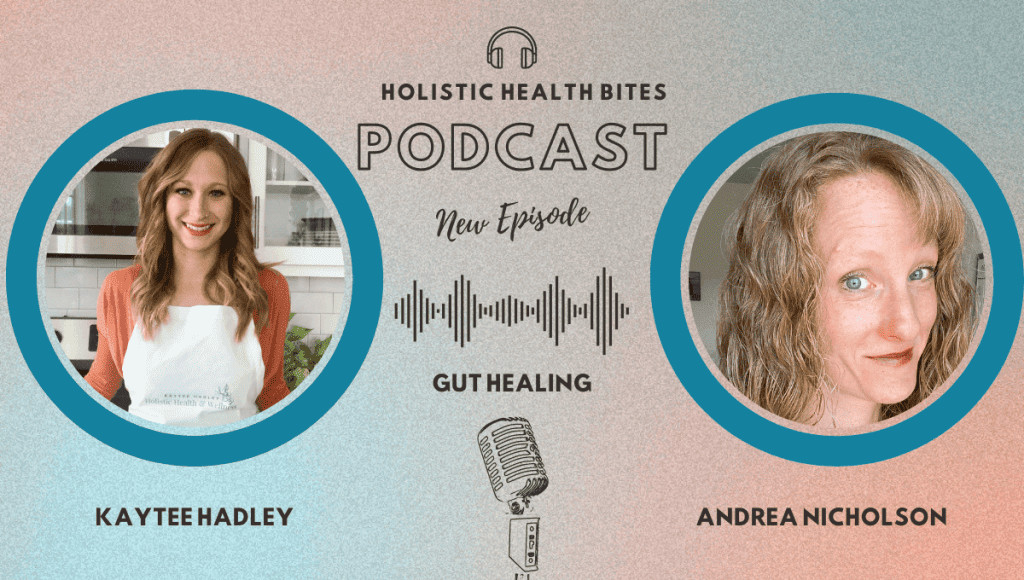
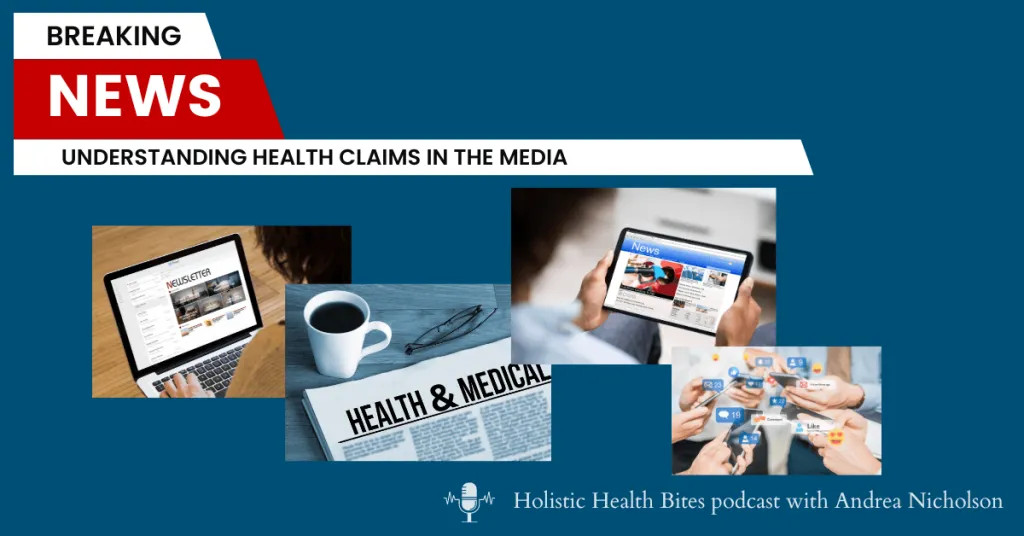
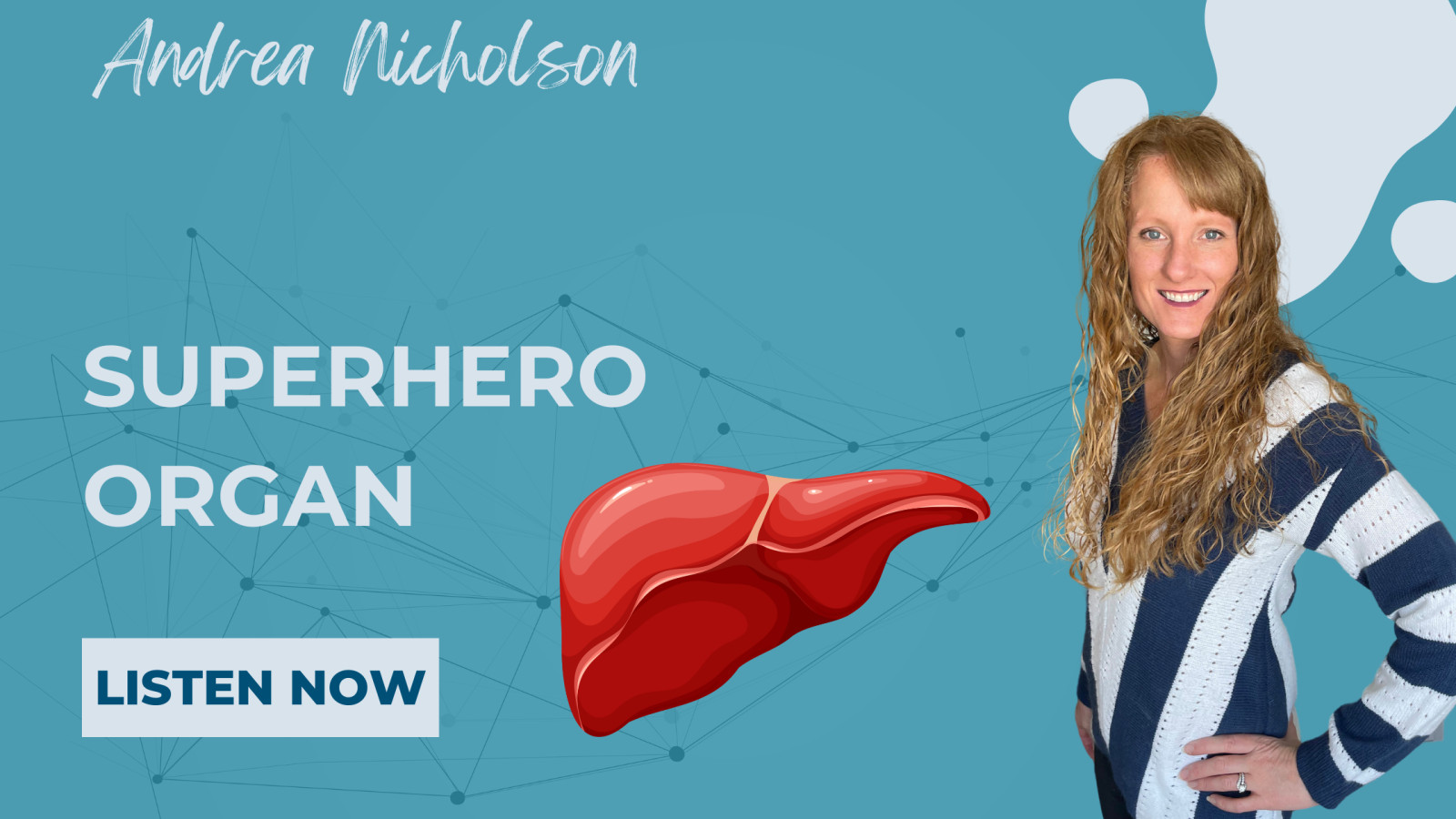
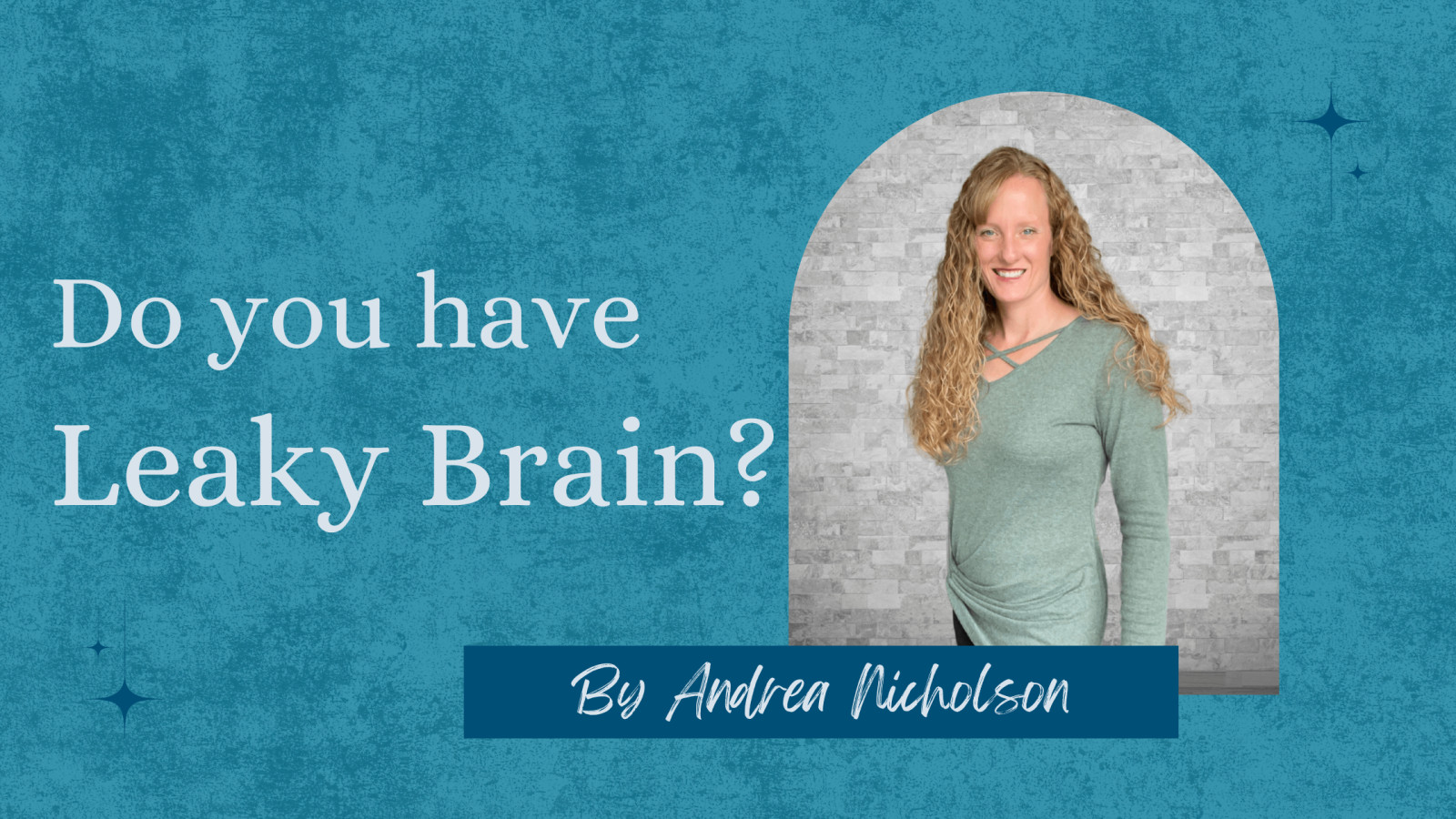
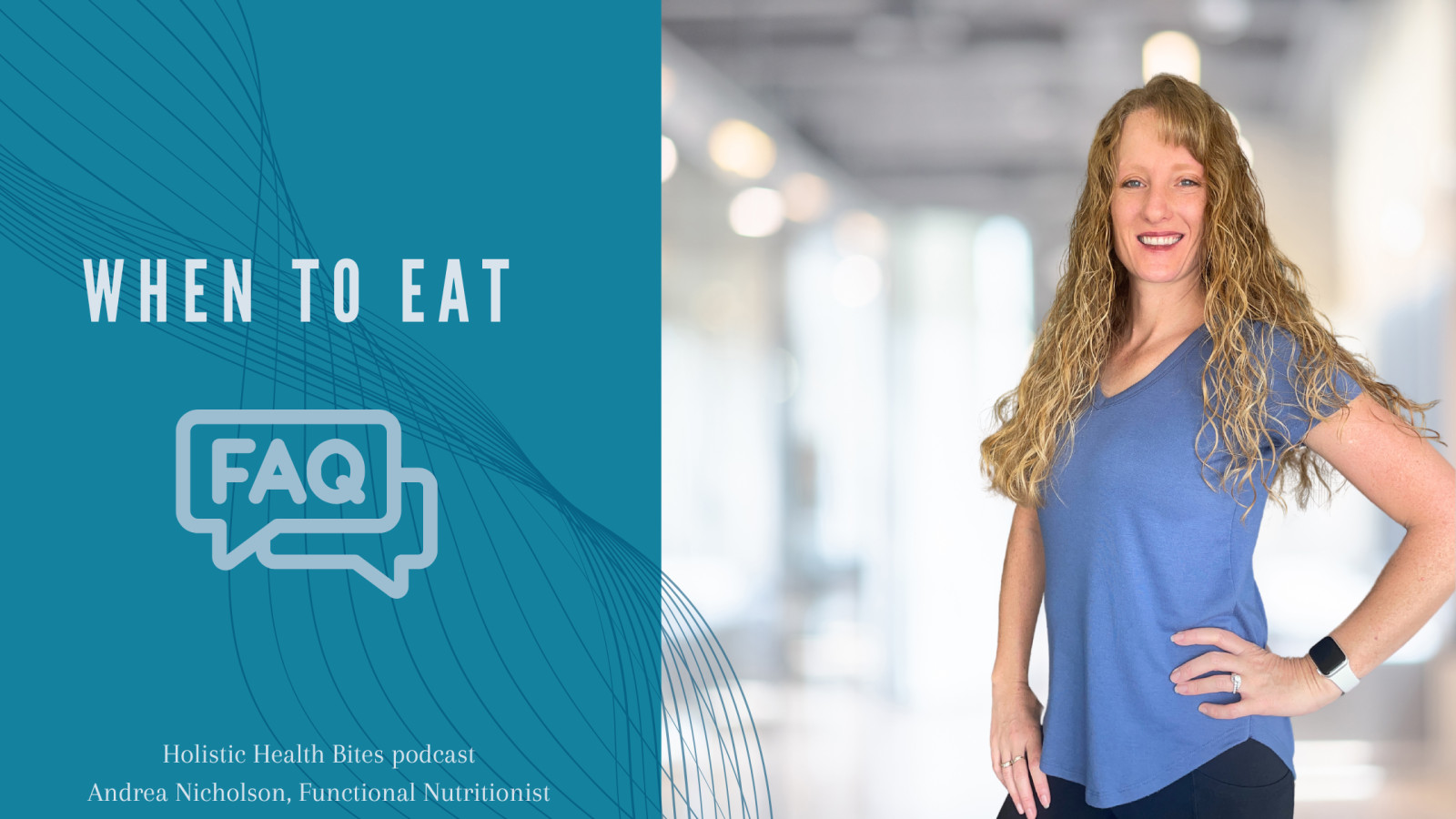
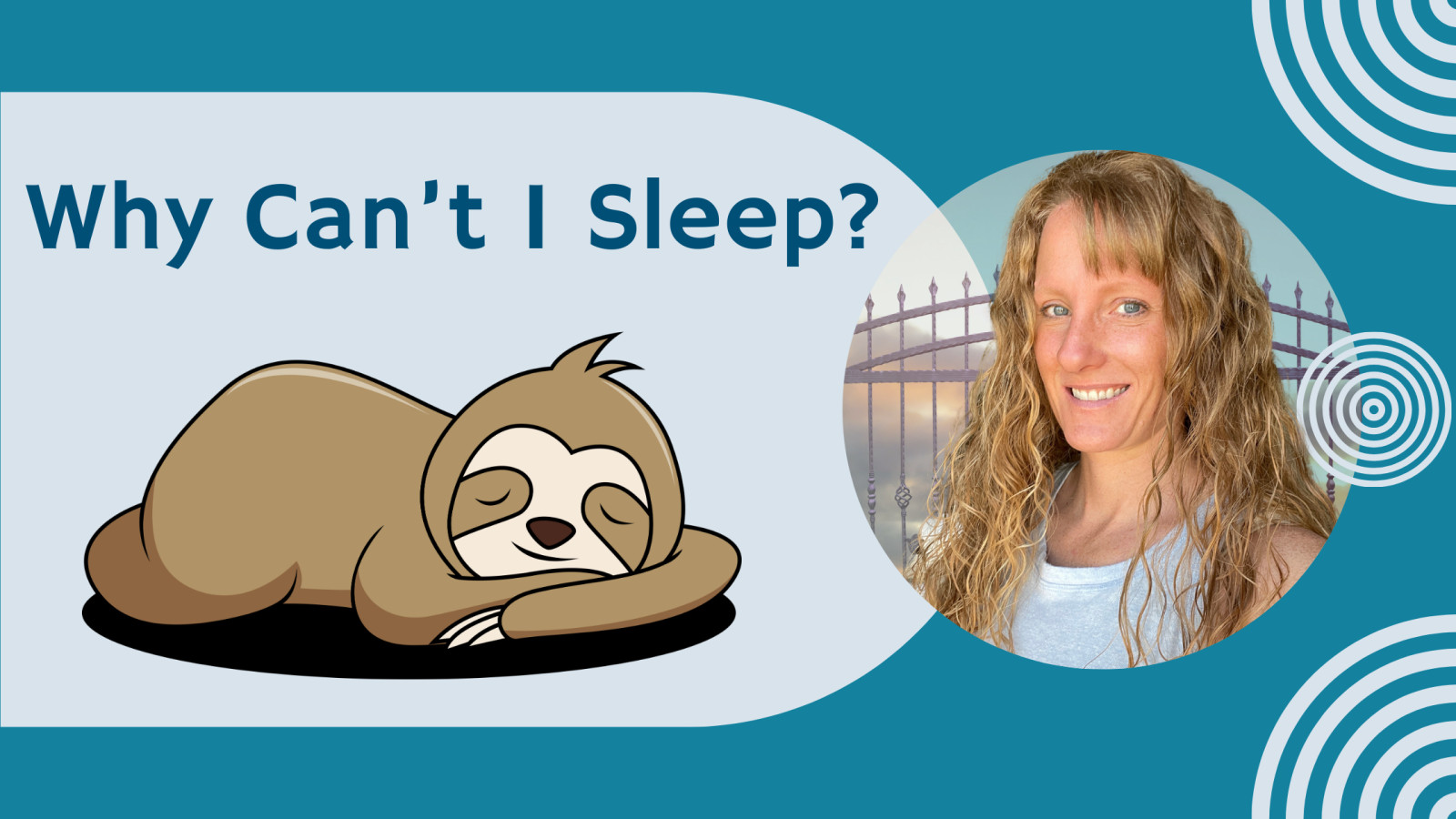
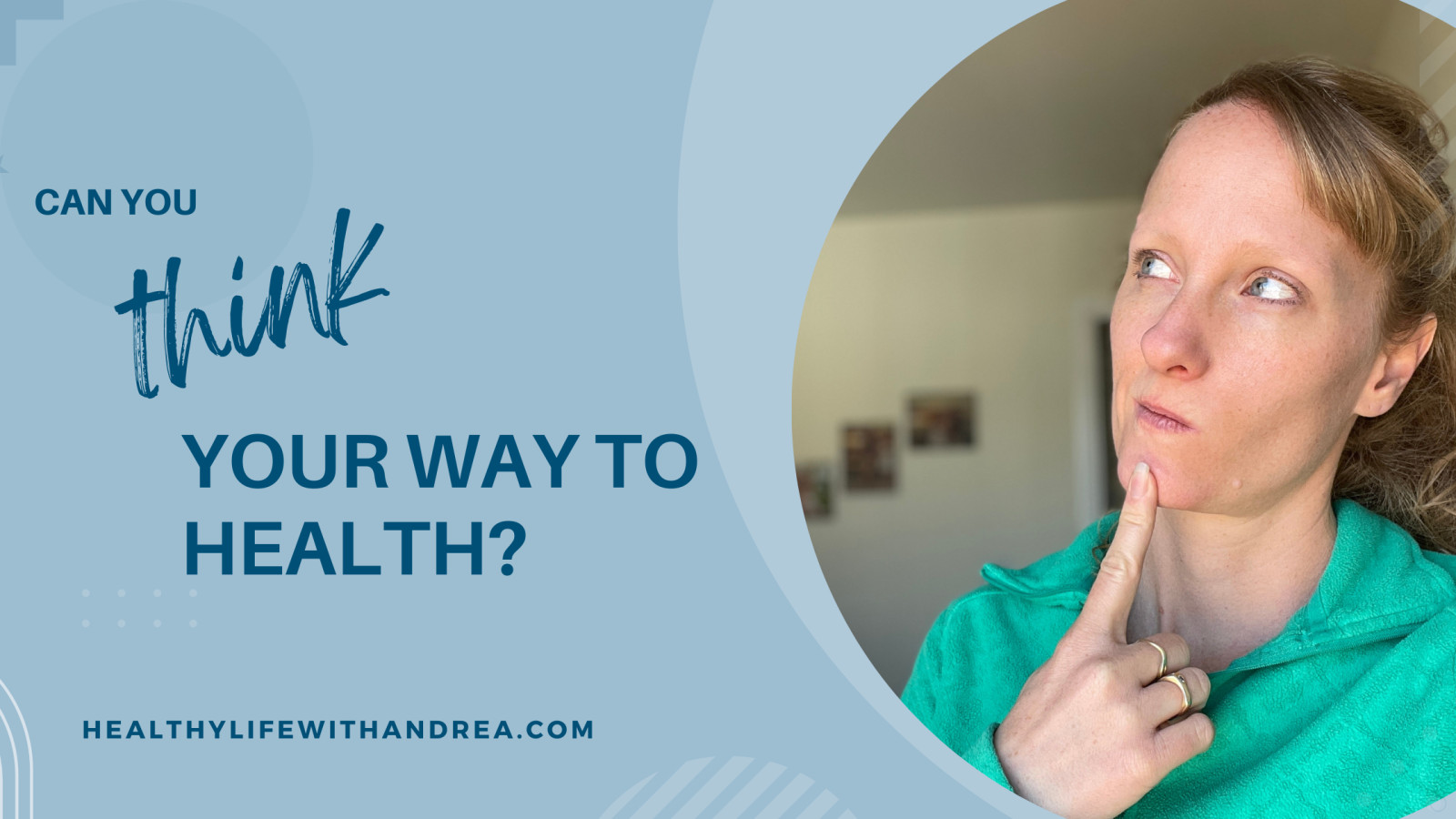
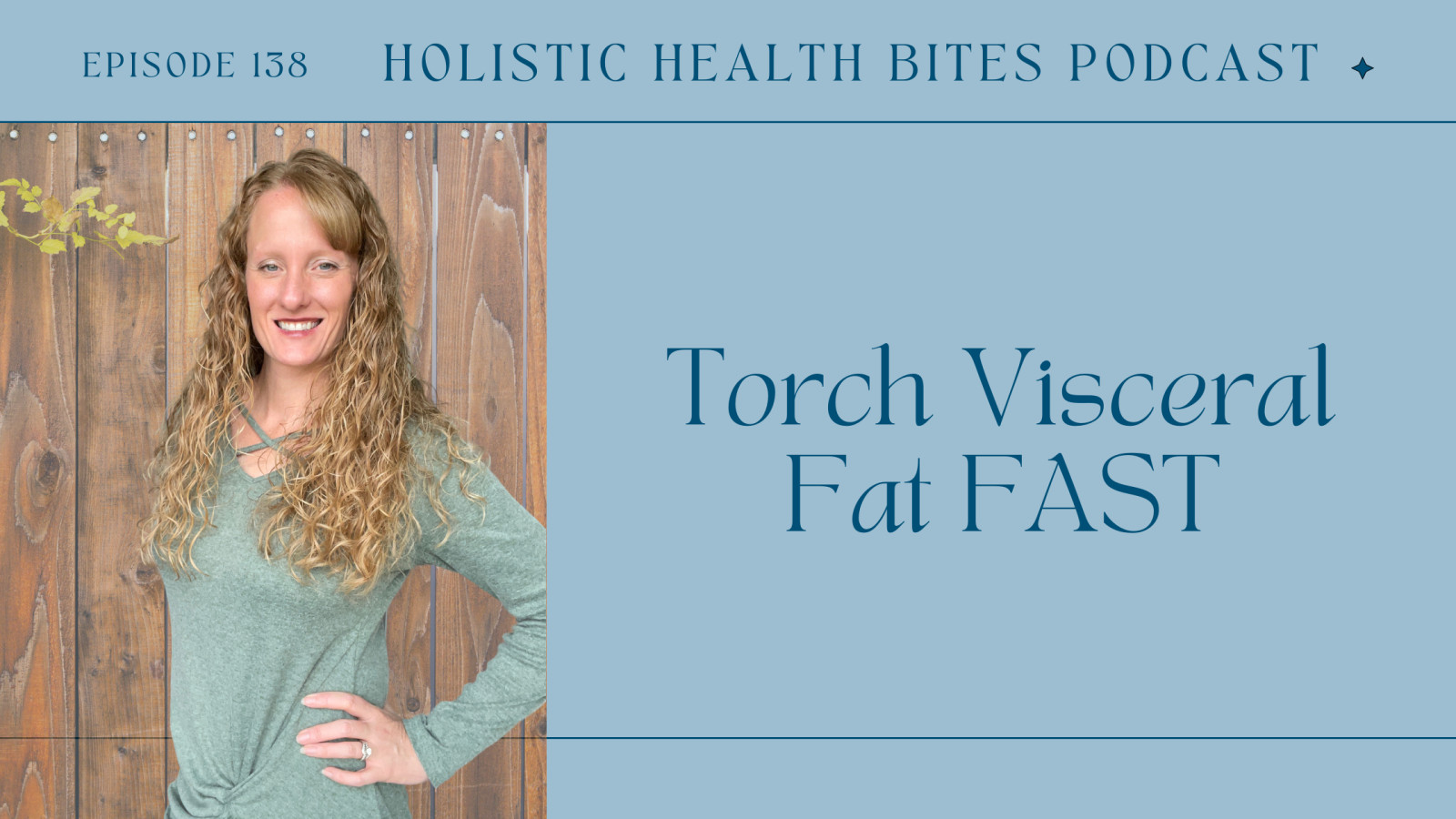
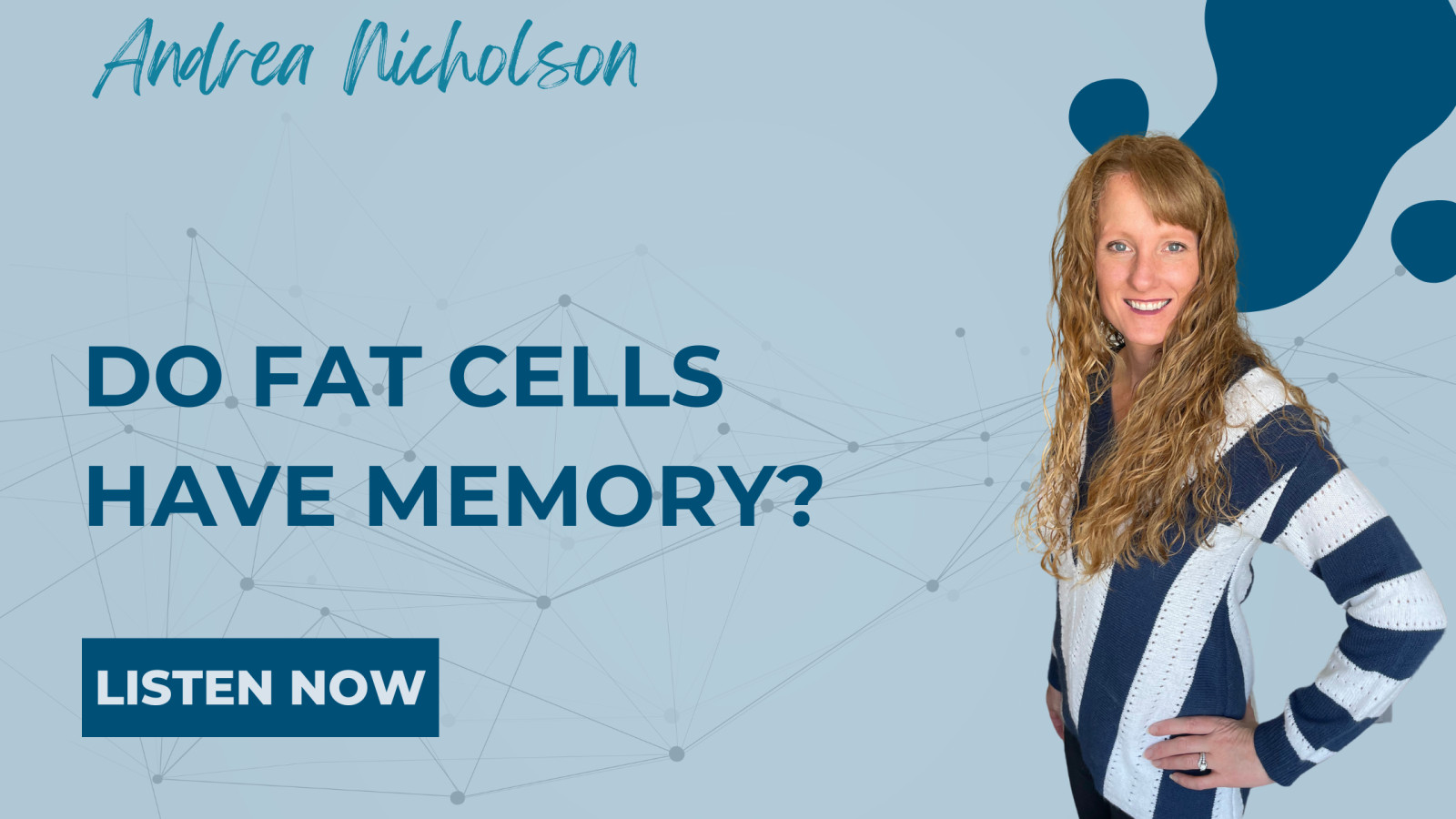
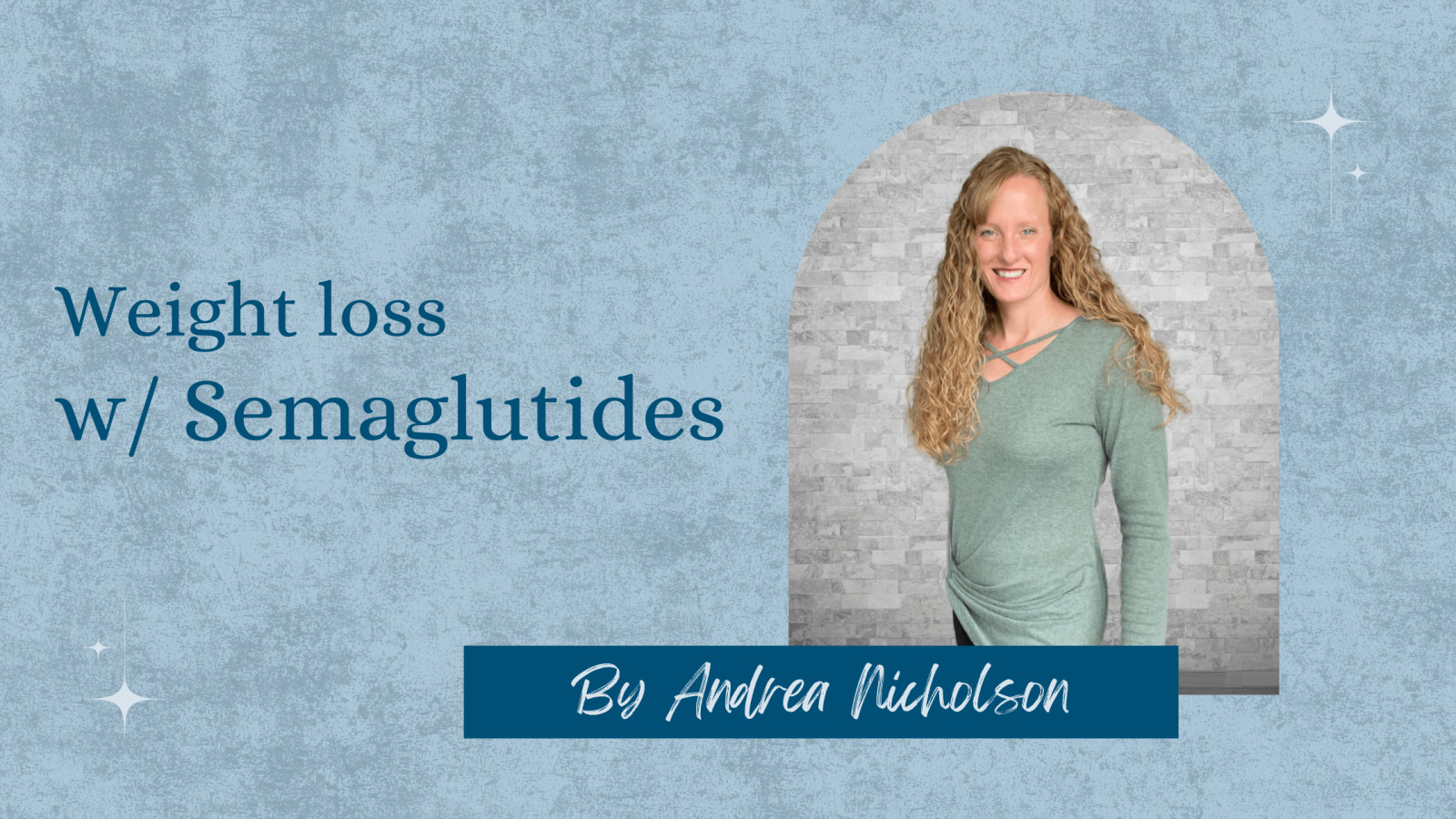
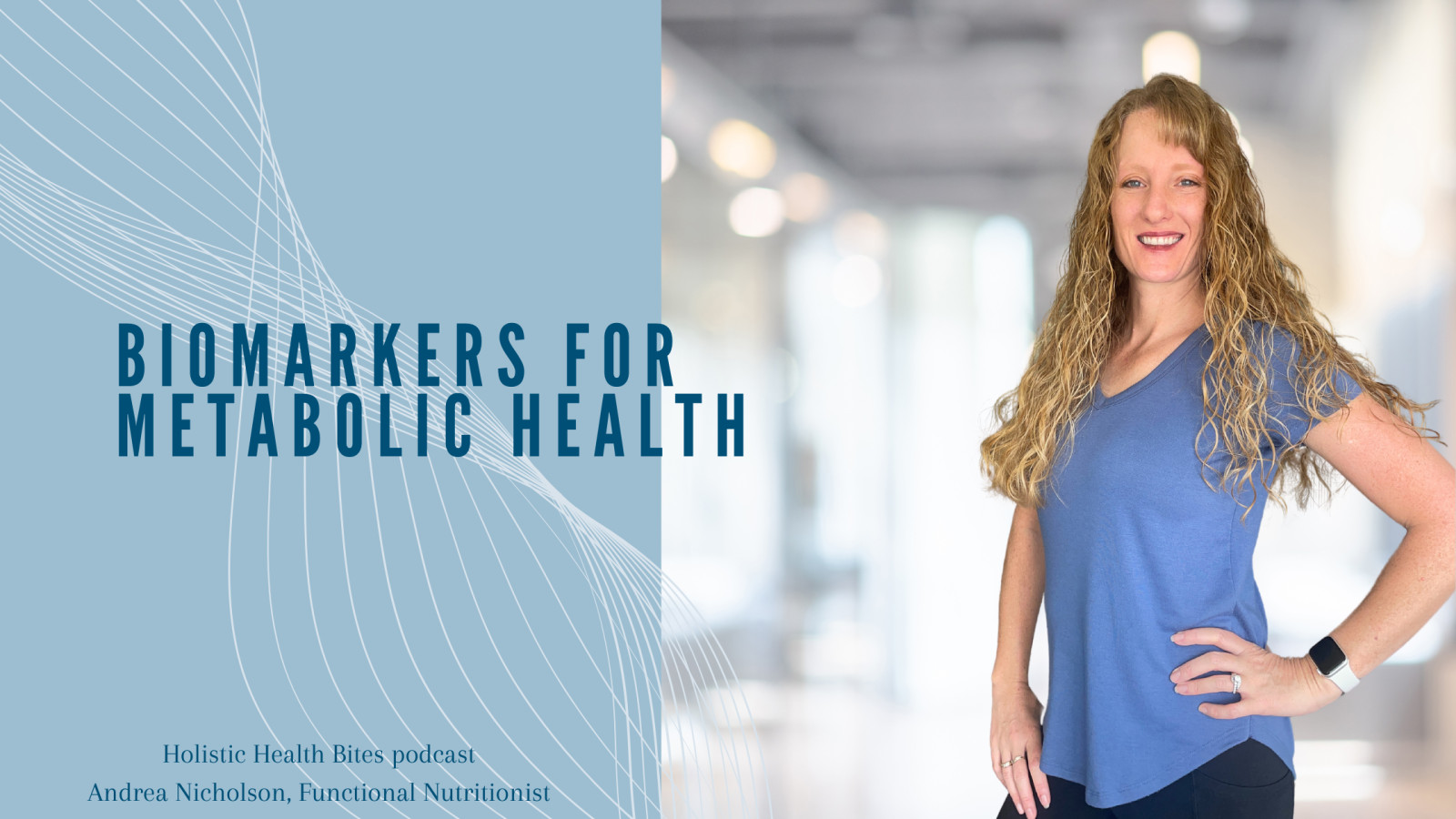






0 Comments